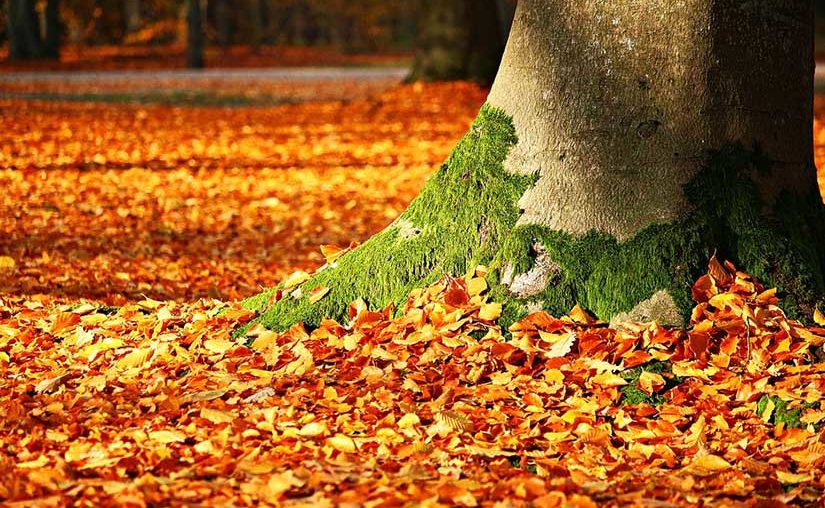Less useful leaves
During the beautiful season, the deciduous tree draws all the energy it needs from its roots and leaves. Between the two, the trunk and the branches provide the necessary exchanges.
The leaves, through photosynthesis, capture solar energy to turn it into glucose, which provides the tree with some of the energy it needs.
But when the first cold is felt, the tree must adapt to the drop in temperatures. It does it a bit like the animals that hibernate, living in slow motion. To ensure its survival, it must avoid the slightest waste of energy.
This one will come neither branches and the trunk, protected by the bark of the tree, nor roots, buried in the ground. On the other hand, the leaves may cause the tree to spend unnecessary energy.
Indeed, sunshine decreases with the arrival of autumn and lower temperatures. As a result, the phenomenon of photosynthesis occurs in poorer conditions, and the leaves struggle to feed the tree.
The sacrifice of leaves
They become less useful for feeding the tree. In addition, it would be necessary for it to bring them more sap to ensure, in the more difficult context of the cold season, survival that becomes problematic.
Therefore, why feed these useless mouths, if we can say that? The tree, which must spare its forces, has no interest in producing energy to keep alive leaves that have become useless. It's about survival.
But how does the tree "know" it is time to sacrifice the leaves? In fact, it is the leaves that cause their own loss. They are indeed equipped with sensors, sensitive to light, which, in case of decline thereof, secrete a plant hormone.
The release of this substance is a kind of signal for trees. He warns them that the time has come to put an end to the existence of leaves. The trees begin to produce corks, which prevent the passage of the nourishing sap.
From then on, they only have to die. Deprived of water and the mineral salts that make up the sap, the leaves will first dry out and slowly fade. They lose their chlorophyll, the pigment that dressed them in green and allowed photosynthesis.
So beautiful, these autumn leaves, yellow or red, are already dead. It will take a gust of wind to throw them on the ground. Stripped of their adornment, the trees then tend, in the hollow of the forests, their bare branches.
All leaves do not fall
The leaves of fir trees, and most conifers, do not fall in autumn. In reality, they are not leaves, in the usual sense of the word, but rather needles. These needles have a smaller surface and are protected by a layer of wax. They are also stronger and thicker than deciduous leaves. These are the characters that help them resist the cold.
This leaf modification is due to a progressive adaptation of conifers to a rigorous environment.
In fact, to claim that the leaves (or needles) of evergreen trees do not fall is an abuse of language. They end up falling, but after a longer time. Conifers keep their foliage for more than a year and it is not the arrival of the cold season that makes it fall.
This phenomenon remains more or less unnoticed. Nothing comparable, indeed, with the skinning of deciduous trees. In the case of evergreen trees, the leaves may fall very gradually. Sometimes the tree will shed all its foliage, but only when the new leaves have already grown. In both cases, we do not see, unless we are very attentive, the tree is stripped.









